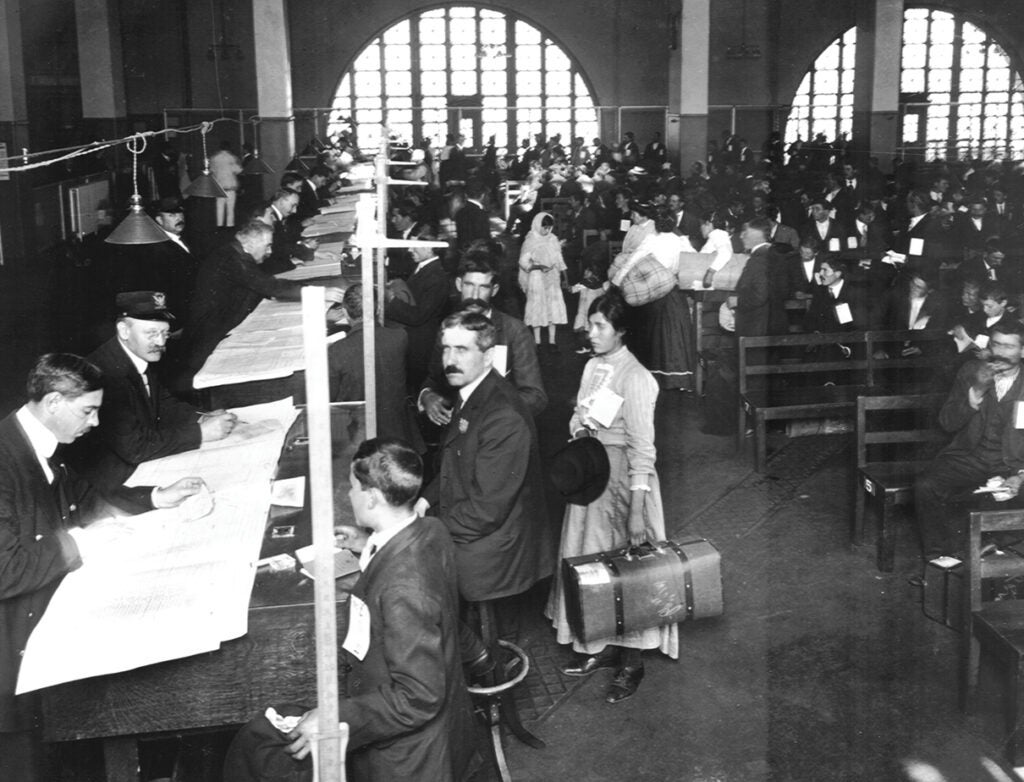Our History
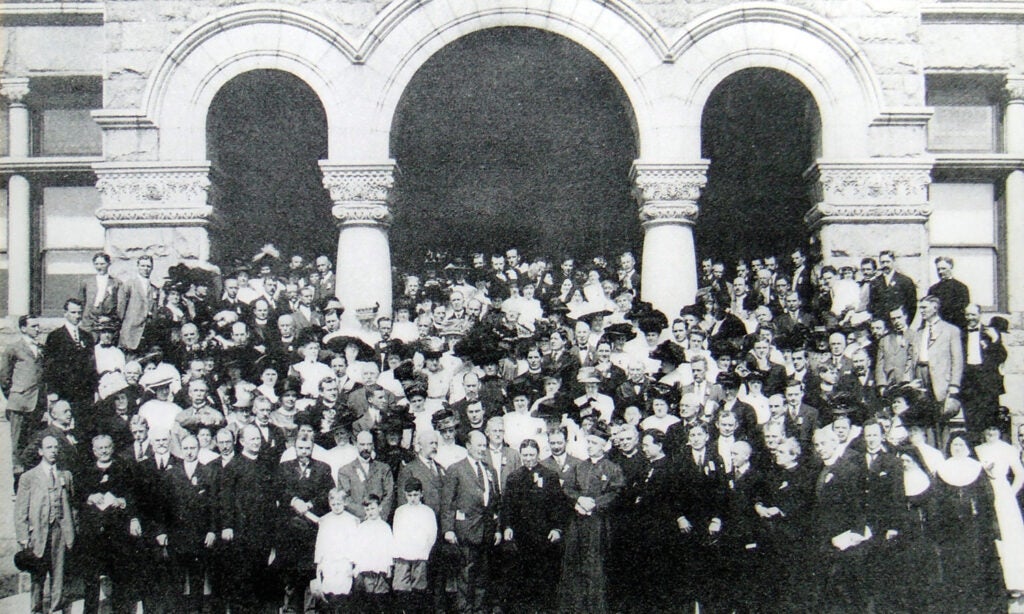

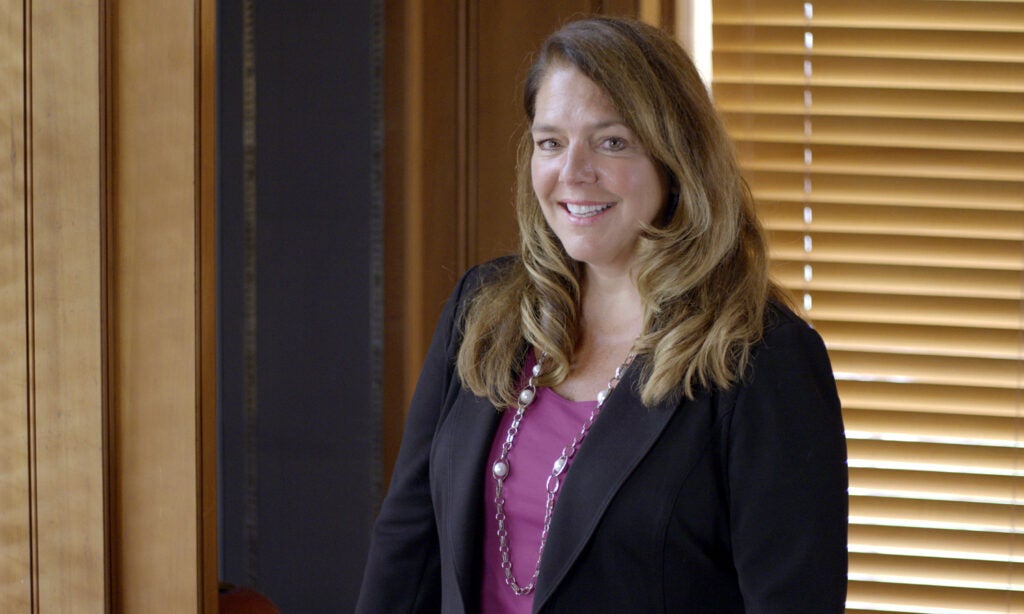
Kerry Alys Robinson, who has devoted her professional career to strengthening and serving the church, assumes the role of president and CEO in July 2023.

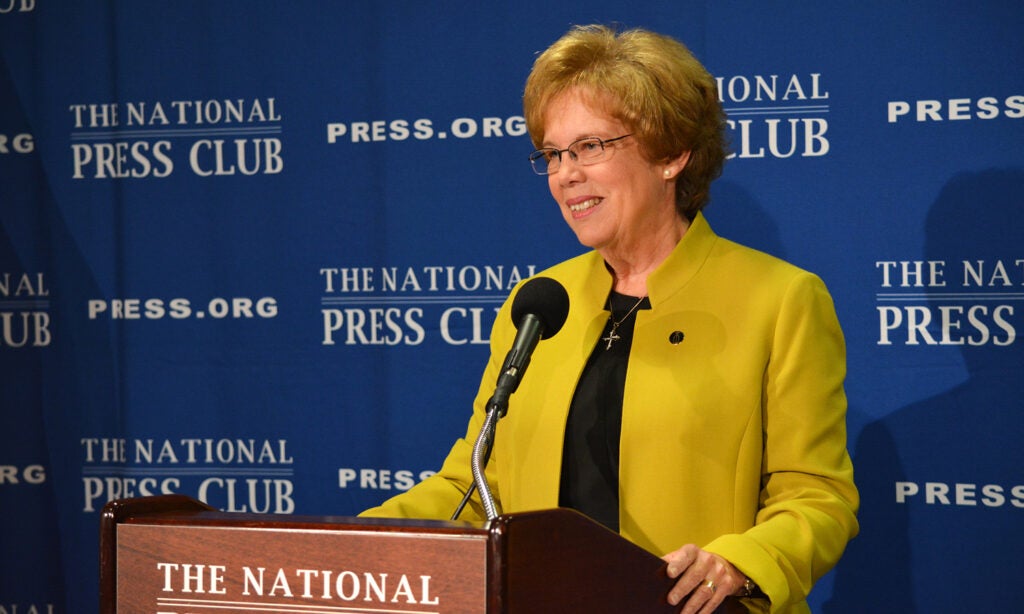
In 2015, Sister Donna Markham OP, PhD, becomes the first woman to lead the domestic humanitarian work of the Catholic Church in the United States as president and CEO of CCUSA. In 2010, CCUSA celebrates its centennial.

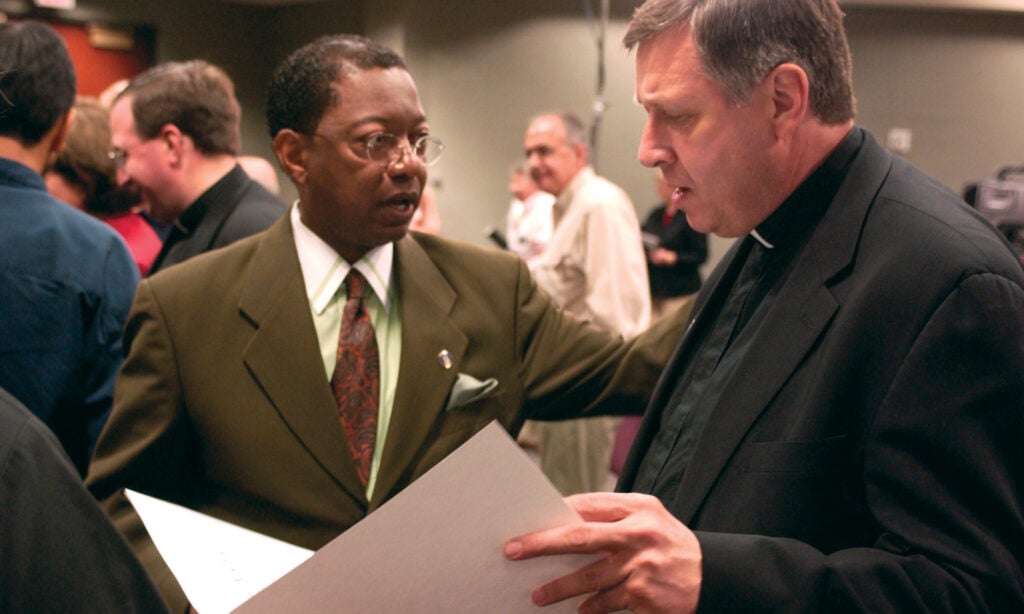
Within hours of the September 11, 2001, terrorist attacks, Catholic Charities agencies spring into action. Under the direction of Rev. J. Bryan Hehir — in place as president for two days — CCUSA disburses $31 million in donations to member agencies to assist them in providing case management; funeral and burial funds and emergency financial assistance; grief and trauma counseling; transportation; job placement; school mental health services; and housing and legal services.
CCUSA President Rev. Larry Snyder leads the Catholic Charities network in a nationwide disaster response effort in the wake of Hurricane Katrina in New Orleans in 2005. CCUSA receives and distributes more than $163 million in donations for disaster response in the Gulf. In 2007, CCUSA launches the Campaign to Reduce Poverty in America.

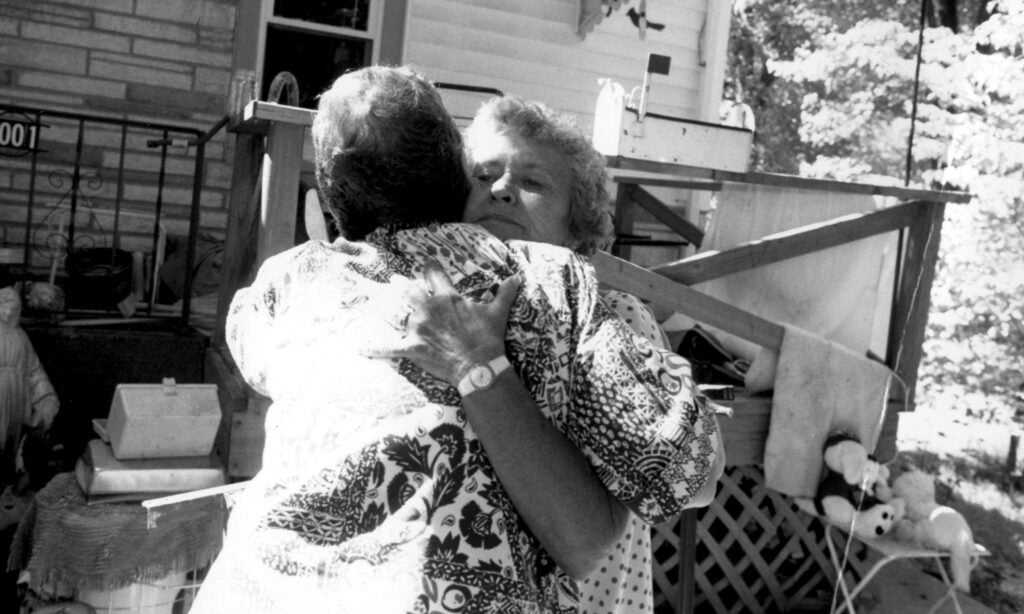
In 1990, the U.S. Conference of Catholic Bishops formally asks CCUSA to coordinate domestic disaster response efforts on behalf of the Catholic Church in the U.S. This role will take on increasing urgency as climate change leads to more-frequent and more-costly weather disasters.
As president of CCUSA, Rev. Fred Kammer, SJ, enhanced and expanded the advocacy department, began co-sponsorship of the Catholic Social Action Gathering of the United States Catholic Conference and involved Catholic Charities USA in public policy issues, notably the historic healthcare and welfare reform efforts of the 1990s.
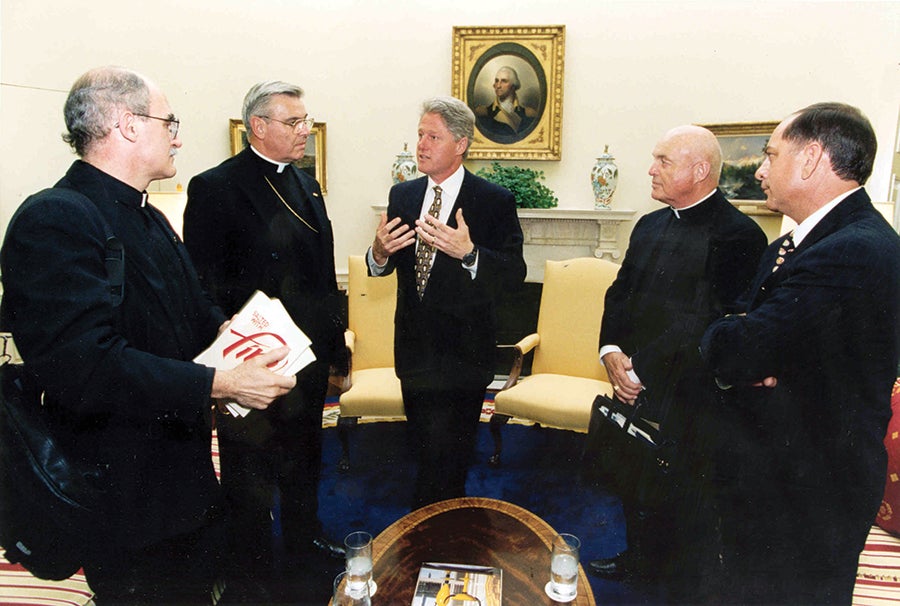
Help vulnerable families in your community.

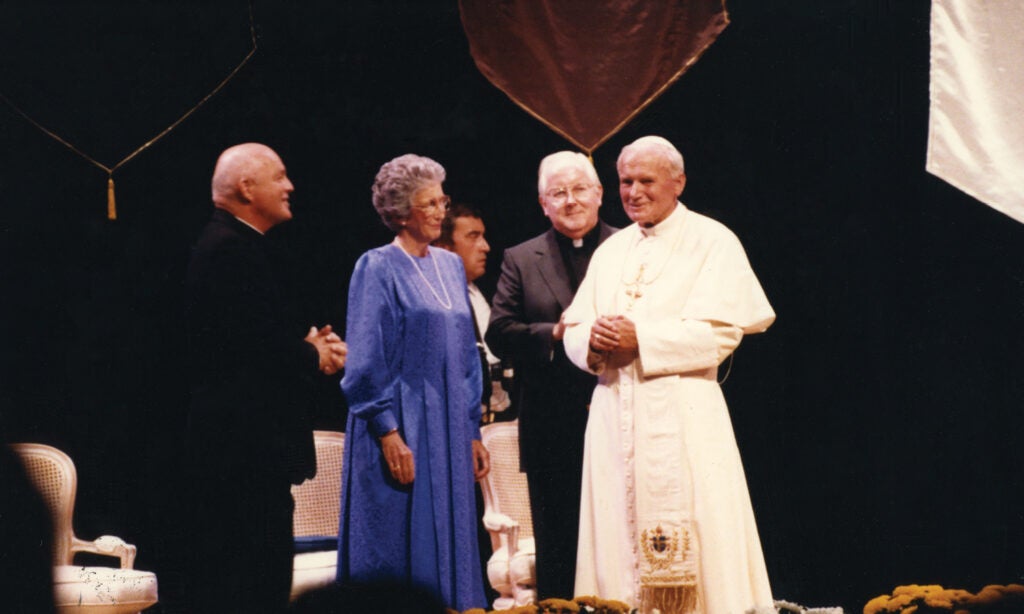
The National Conference of Catholic Charities becomes Catholic Charities USA (CCUSA) in 1986.
Pope John Paul II addresses CCUSA’s annual meeting in San Antonio, Texas, in 1987.

In response to the Cadre Study, the National Conference of Catholic Charities adopts a new mission to pursue greater involvement in the world, to help transform society through advocacy and to convene the Catholic community and other concerned people in that effort.

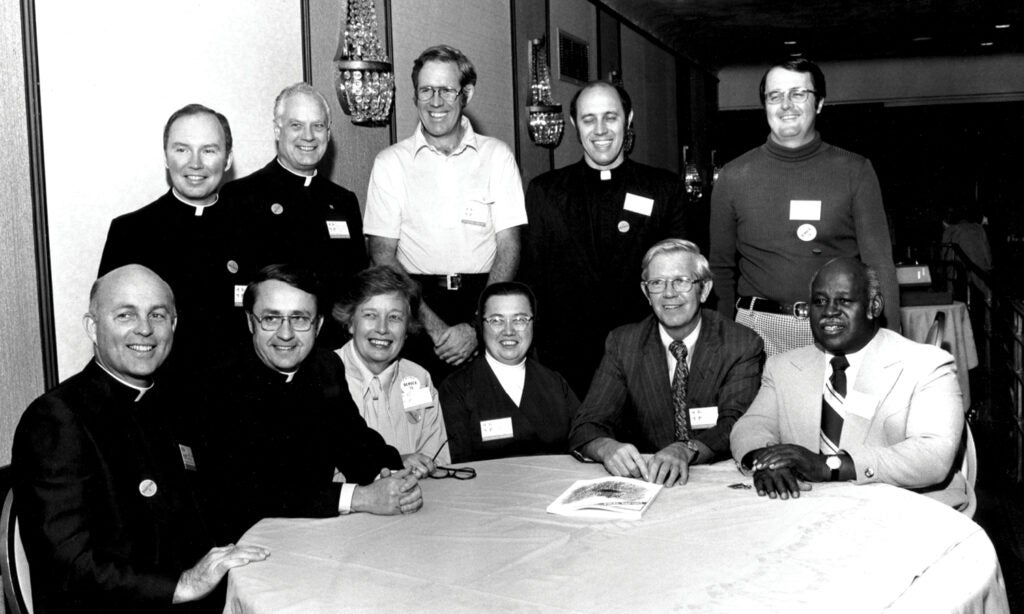
The Cadre Study launches in 1969 to help determine the future direction of Catholic Charities. Participants consider the Vatican II mandate to engage more deeply in charitable work for all people in need, taking into account changing social conditions in the U.S., including pluralism, increased immigration and the feminization of poverty.

The first meeting of the International Conference of Catholic Charities (later Caritas Internationalis) is held in Rome.
Decent housing was long a concern of Catholic Charities. Msgr. John O’Grady, who, according to one author, was the “unsung hero” of the America public housing movement, believed that providing a decent house was essential to helping people out of poverty.
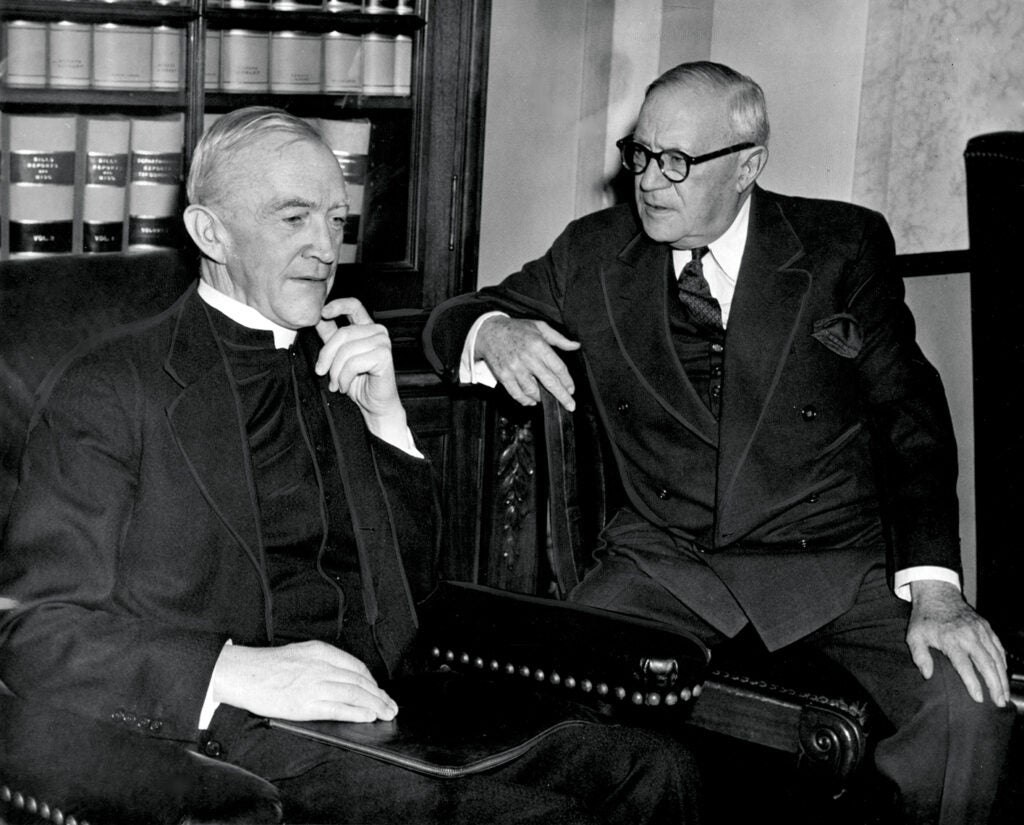
Need Assistance? Find a local Catholic Charities agency.

Following World War II, Catholic Charities campaigns for a program to admit displaced persons to the U.S., actions echoed in the 21st century as Catholic Charities continues to welcome vulnerable newcomers.

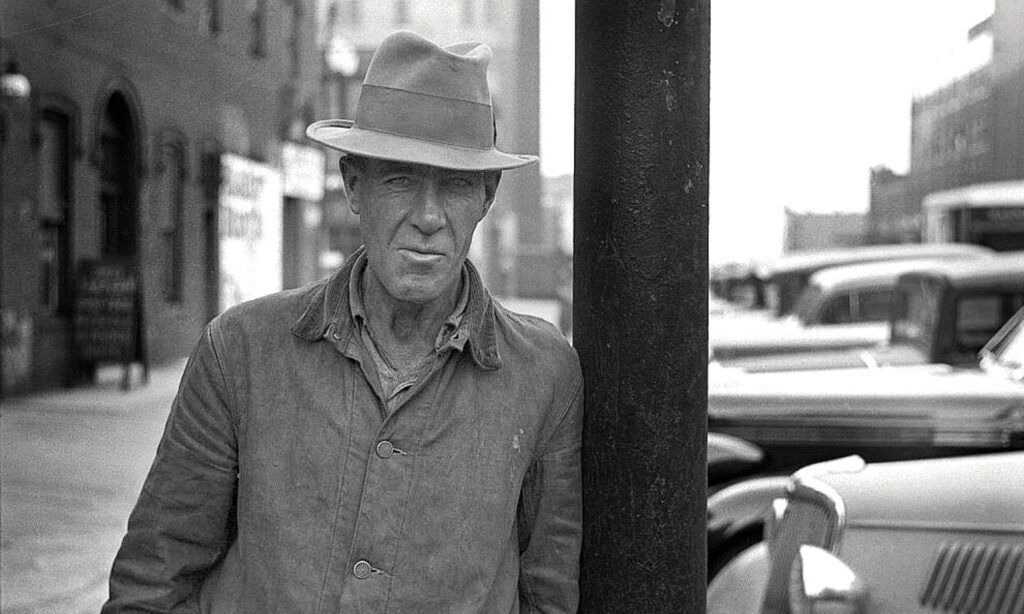
The enormity of human suffering brought on by the Great Depression taxes Catholic Charities agencies and other private charities to the limit. Justified by the principle of subsidiarity, as Pope Pius XI discussed in the 1931 encyclical Quadragesimo Anno, Catholic Charities leaders on the local, state and national levels fight for public funds, calling on government to fulfill its duty to provide relief.

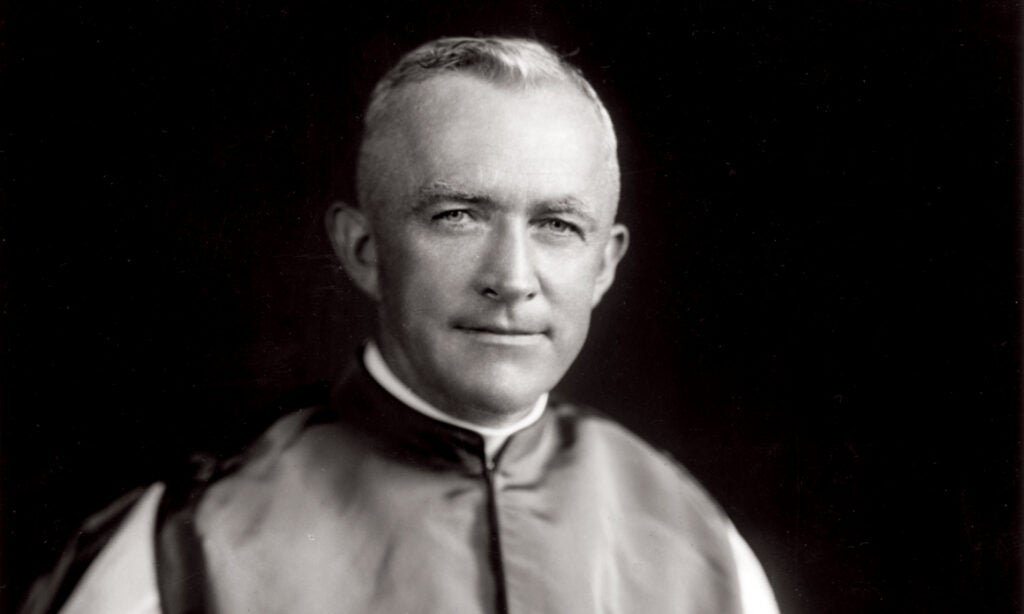
Msgr. John O’Grady is named executive secretary in 1920 and fosters a period of growth during his 40-year tenure. He focuses on establishing diocesan Catholic Charities agencies and advocating for workers, families and those who are poor.


The National Conference of Catholic Charities is founded in 1910 as “the attorney for the poor.” Among the 400 people present at its first meeting are three instrumental early leaders: Msgr. William J. Kerby, Msgr. John O’Grady and Bishop Thomas J. Shahan.
In 1910, there were over 91 million inhabitants of the United States. During the preceding decade, the population had grown by roughly 16 million, with the foreign-born population growing from 10 million to 13 million. Many of these newcomers were Catholic.
